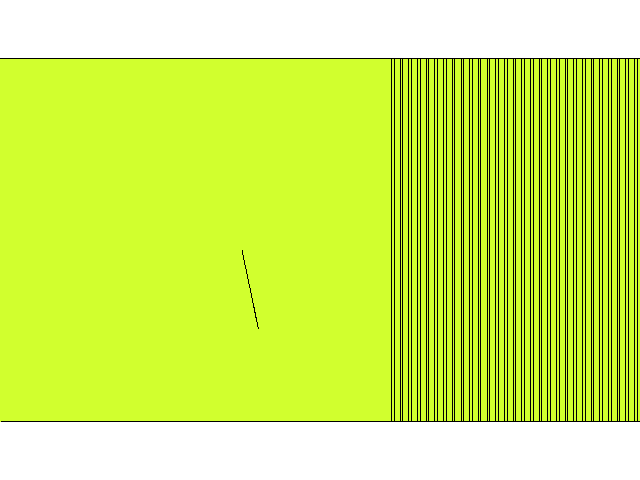Mechanical metamaterials are engineered materials exhibiting properties not found in nature, which result from their architectured structure. A simple example is a metamaterial with negative Poisson constant, which reflects a medium that when stretched in one direction, it expands—rather than contracts—in the perpendicular direction.
Metamaterials are at the academic research forefront, since they establish a platform for observation of new physical phenomena. Metamaterials are are also at the forefront of the industrial research, site their unique properties can be exploited for actuation, sensing, energy tunneling, locomotion, among other applications.
The research group of Assoc. Prof. Gal Shmuel uses analytical and numerical tools in order to develop and study the dynamic response of elastic metamaterials. An example of a recent result that was established in the group is the development of a metamaterial that exhibits anomalous wave propagating, accessing negative refraction angles which are not accessible in conventional materials. The novelty of this result with respect to existing metamaterials with negative refraction is in its simplicity: the metamaterial is made of simple (i.e., isotropic) constituents and simple geometry (layers), which operates under standard loading conditions. Such an ability to manipulate the way in which elastic waves propagate can be exploited for exotic applications such as cloaking devices (Link to the paper).

Excellent students interested in carrying out research in the field of metamaterials are welcome to contact Assoc. Prof. Gal Shmuel via this email: meshmuel@technion.ac.il


